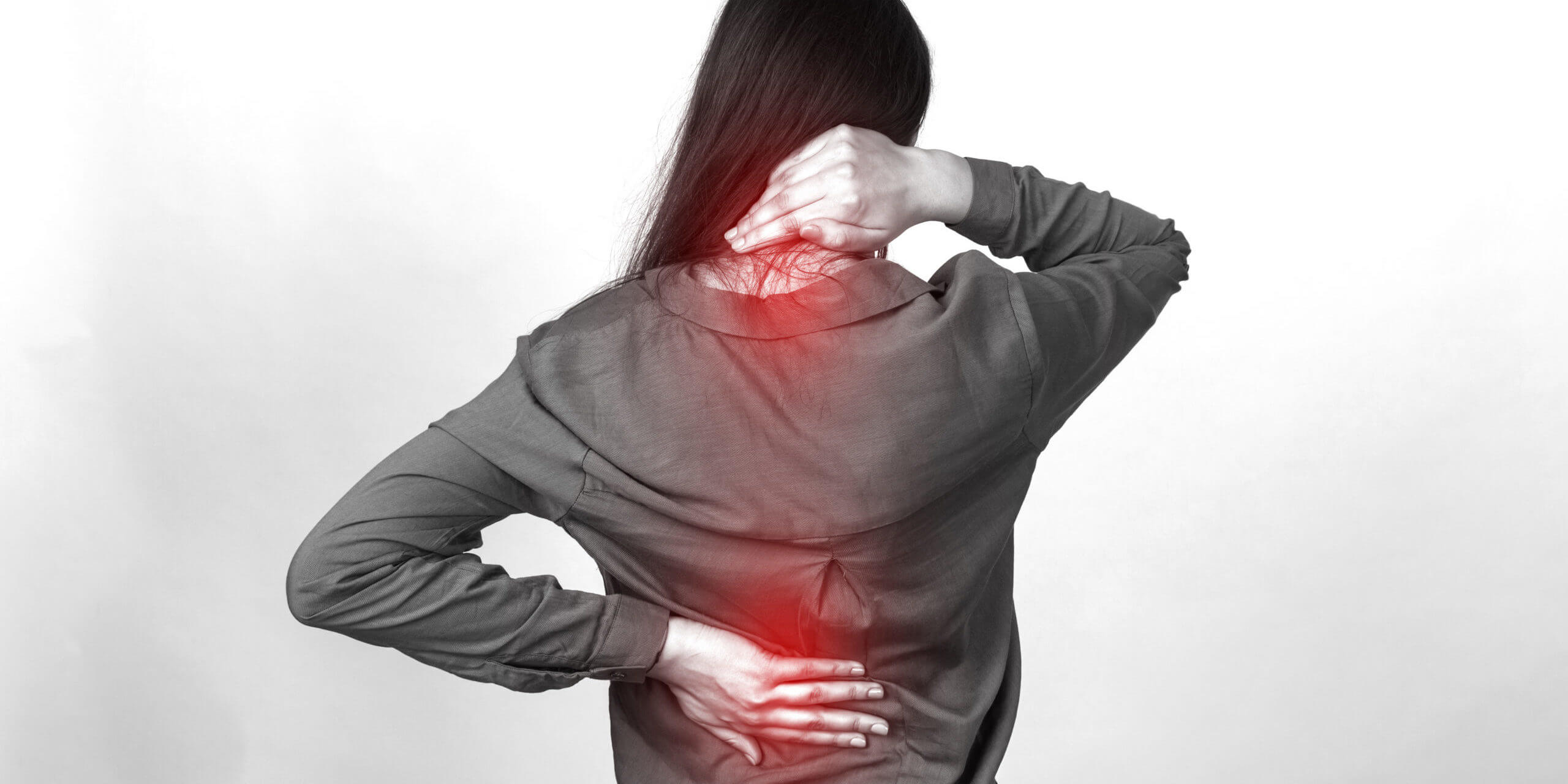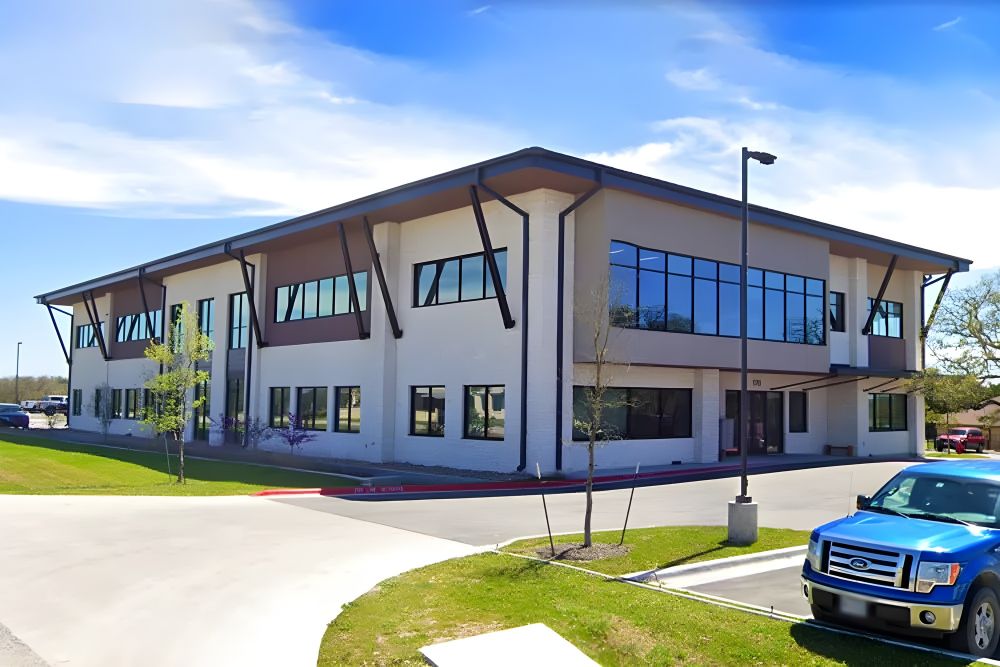What Is A Herniated Disc?
May 14, 2021

A herniated disc refers to a problem with one of the rubbery cushions, also known as discs, that sit between the individual bones, also known as vertebrae, that work together to make up your spine. The nucleus, or center of a spinal disc has a soft, jellylike center surrounded by a tougher, rubberlike exterior known as the annulus. Herniated discs, also called slipped discs or ruptured discs occur when some of the nucleus pushes through a tear in the annulus. This kind of injury can occur on any part of the spine, and often irritates nearby nerves. When these nerves are irritated, and depending on what part of the spine the herniated disc is located, it can result in numbness, weakness, or pain in the arm or leg.
Herniated discs are very common, affecting more than 3 million Americans every year. There are many cases of those with a herniated disc experiencing no symptoms whatsoever. In most cases, surgery is not required to repair a herniated disc. In this post from the Greater Austin Pain Center blog, we’ll discuss symptoms, causes, and common treatments for herniated discs.
Common Symptoms Of A Herniated Disc
Most often, a herniated disc will occur in the lower back, but they can also occur in the neck. The signs and symptoms of a herniated disc depend on where it’s situated, and whether or not that herniated disc is pressing on a nerve. Herniated discs usually affect only one side of the body.
When you have a herniated disc in your lower back, pain will be most noticeable in the buttocks, thigh, calf, and foot. If the herniated disc is in the neck, the pain will be in your shoulder or arm. When coughing, sneezing, or shifting positions this pain may temporarily be felt in the area where you’re not experiencing pain — if your arm is in pain, you’ll feel it in your leg and vice versa. Along with pain, those with a herniated disc may also experience numbness or tingling in the part of the body associated with the affected nerves. Finally, weakness is a common symptom of a herniated disc. This weakness can lead to stumbling, or affect the ability of those with a herniated disc to lift or hold items.
It’s also important to note that it’s common for those with a herniated disc to experience no symptoms whatsoever. Those with a herniated disc without symptoms are often unaware they have it unless it’s picked up on a spinal image.
What Causes A Herniated Disc?
Disc degeneration, which is an aging related wear and tear on the spine is the most common cause of a herniated disc. As humans age, the discs of the spine become less flexible and more likely to tear or rupture from minor twists or strains. Most cases of a herniated disc cannot be pinpointed to a particular injury. Sometimes injuries that occur from using the back muscles instead of leg muscles to lift heavy objects are the result of a herniated disc. Traumatic events like a fall or blow to the back can also cause a herniated disc, but this is a rare occurrence.
There are some risk factors like weight, occupation, and genetics that can increase your likelihood of developing a herniated disc.
- Excess body weight causes stress on the discs of the lower back, which can lead to a herniated disc.
- People with physically demanding jobs are more likely to develop a herniated disc. Repetitive actions and strain like lifting, pulling, pushing, twisting, or bending sideways can also increase the risk of herniating a disc in your back.
- Some people’s genetics make it more likely that they develop a herniated disc. If someone in your family has experienced a herniated disc, consider minimizing the risk factors above as much as possible.
Common Treatments For A Herniated Disc
Herniated discs often don’t require special treatment. Most often, modifying activities to avoid causing pain and taking medication will be sufficient treatment and symptoms should be relieved within a few days or weeks.
As with almost all injuries, rest is the most effective treatment for a herniated disc. By simply taking it easy for a few days, you should see the symptoms of a herniated disc begin to go away. By limiting your activity, you’re giving your body an opportunity to heal your herniated disc without the risk of hurting yourself further.
If your herniated disc is causing mild to moderate pain, your doctor may recommend over-the-counter pain medications. Medications like Tylenol, Advil, and Aleve can help relieve the pain caused by the herniated disc. If you're experiencing muscle spasms, your doctor may prescribe you muscle relaxers as well.
Another common treatment for a herniated disc is physical therapy. Physical therapists can provide their patients with exercises, stretches, and other movements that can help relieve the pain associated with their injury.
If your pain is not relieved by physical therapy and over the counter medications, this is a good time to seek out the care of a pain management specialist. At Greater Austin Pain Center we use multiple modalities, including image guided nerve blocks and steroid injections, that can be highly successful at relieving pain from herniated discs. More advanced treatments such as minimally invasive indirect spinal decompression and spinal cord stimulation can also offer significant relief in more complex and persistent cases.
There are very few cases in which a person with a herniated disc will require surgery. At Greater Austin Pain Center, we are often successful at helping patients avoid surgery and the potential longterm complications associated with spinal fusion. With the appropriate multimodality treatment, success rates with recovery from herniated disc pain are high. In the rare circumstances where surgery may be required, such as prolonged weakness or bowel or bladder incontinence, our providers will help guide you to the appropriate surgical specialists for your treatment.
Experiencing Pain From A Herniated Disc? Greater Austin Pain Center Can Help
If you live in the Austin area and are experiencing pain or discomfort from a herniated disc, Greater Austin Pain Center can help. Our team of Austin pain specialists have years of experience providing pain care in Austin, and can work with you to provide the treatment you need to fully recover. We'll also take a friendly approach to your pain symptoms and management, with careful consideration for your physical and mental wellbeing.
To learn more or to schedule an appointment, contact us online or over the phone today.

















